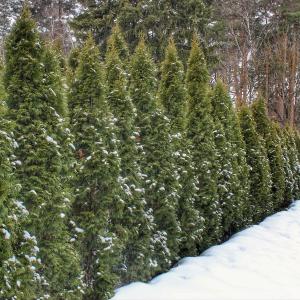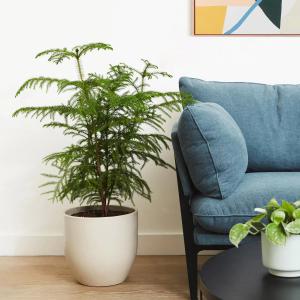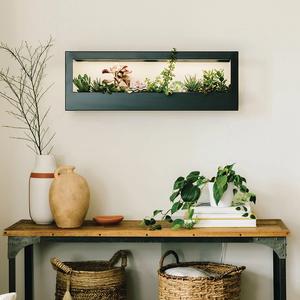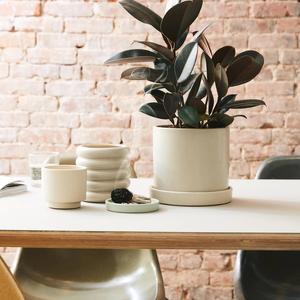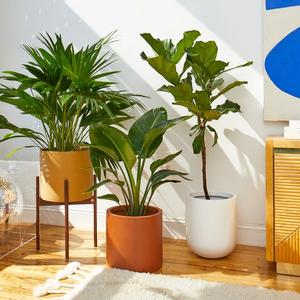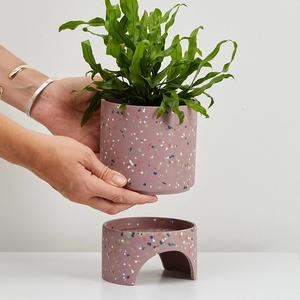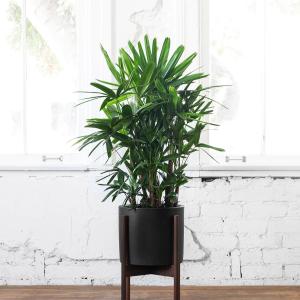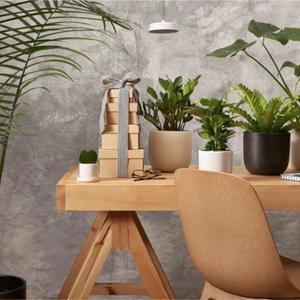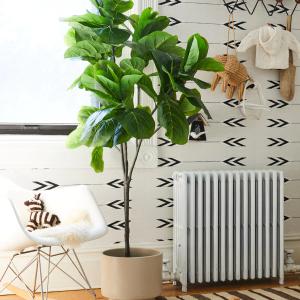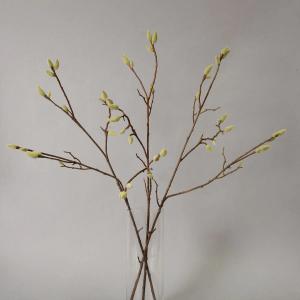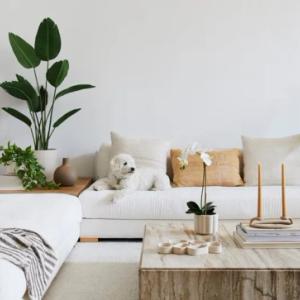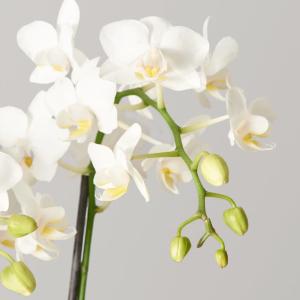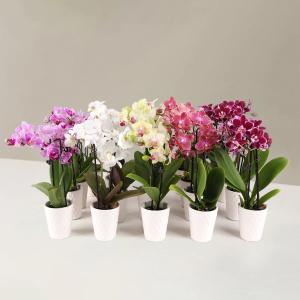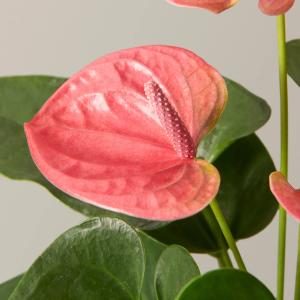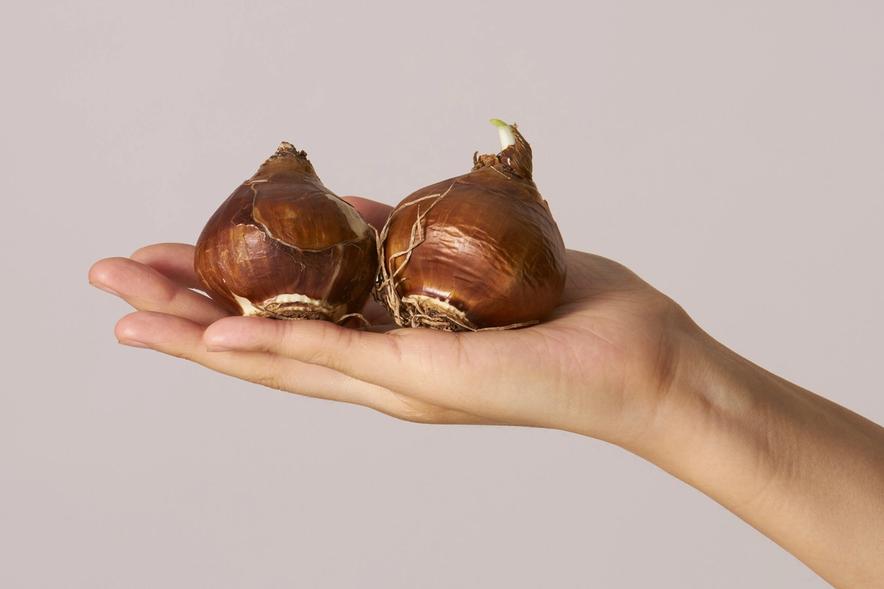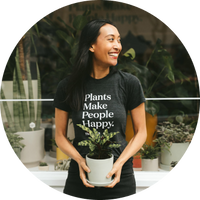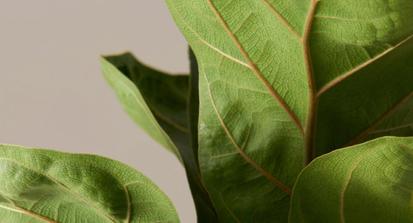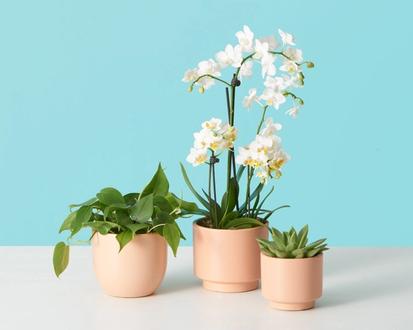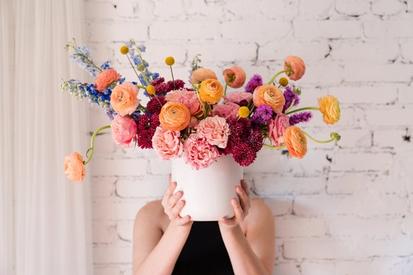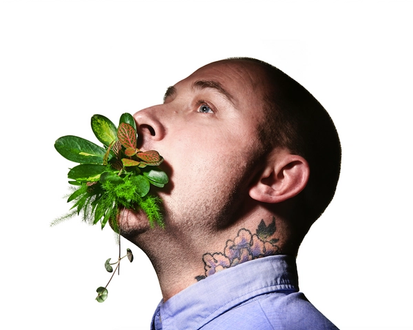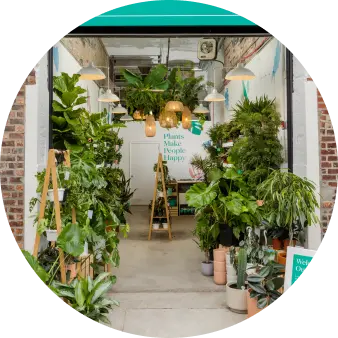What is a bulb?
A bulb is an underground, shortened stem, covered by enlarged, fleshy leaves, and only made by monocots, with the exception of the dicot, Oxalis. When we think of bulbs, we think of common ones; perhaps even your mother planted some in the garden of your childhood home. Were they onions? Maybe tulips? Whatever the plant, every bulb has a general purpose, which is, to allow a plant to go dormant, but survive underground in a state of suspended animation, until conditions become more favorable above ground.
The tulips you planted in October are staying underneath the surface while winter settles in. Though it may be cold aboveground, the bulbs are nice and cozy below, where the temperature is stable and usually slightly warmer. That’s why you’ll have to wait at least until March to enjoy your tulips, when the bulbs are ready to show off.
Times to plant and blooming periods of course differ for every bulb, depending on what type of bulb it is. But most bulbs get bigger as it grows more leaves over time. Aboveground, leaves are attached to their own scale — in cooking, your recipe may refer to the scales of an onion as onion petals, or layers. When the top part dies off, the scale underground remains. Inside each bulb is a fully-formed plant or flower, waiting to come up.
Usually, a super immature version of the plant has formed inside the bulb before it even comes up out of the ground. During warmer months, the bulb had collected as much sunlight as possible and stored it as energy for the dormant months.
Bulb adaptation has evolved in regions with seasons, like temperate deciduous or in Mediterranean climates. They tend to do better in soils that dry easily, but it really depends on the species. Outdoors, bulbs prefer loose soil that is high in organic humus matter, and do not fare well in heavy or compacted soils. That’s because, as you might have guessed, heavy soils restrict bulb expansion and overtime, may come to harm the plant. No thanks! Luckily, all potting mixes are peat-based, meaning, they will not compact to a point that harms the bulb. Even if you pack the soil tightly, your bulbs will be fine.
Many bulbs need a breath of fresh air — known as a vernalization period — in order to bloom or grow again. This is a period of ‘cold weather’ when you sort of ‘trick’ the bulb into thinking it’s winter when it’s not. How does one create winter? A space in the refrigerator will do. In fact, you can get several bloom cycles per year from your bulbs by using the refrigerator to imitate winter. Even in the summer! When the bulbs are reintroduced to warmth (that is, when you take them out of the refrigerator) at the end of the vernalization period, they will respond be reactivating and growing. If it sounds cruel or unusual, consider that most bulbs are cold tolerant and can be planted outdoors. They can even be left outdoors, year-round.
If your bulbs are in outdoor containers, you’ll want to water them in the winter, if they are not mulched, or water them with cold water if the mulch or soil dries out. Why? So that the bulb stays moist underground and does not dry to death. Be careful in watering maybe once every 2 weeks, or when the soil dries out completely. Overwatering leads to rot. If your bulbs are mulched properly and enough snow falls, or if the soil is moist, you do not need to water in winter.
With proper care and in a few years time, new bulblets will form around existing ones. When the aboveground foliage has died back, you can even dig them up and give them to friends at the end of the season. How nice!
Highlighted Species
Hippeastrum hybrids (Amaryllis)
If you’ve been to a flower shop or garden center, you may have seen bulbs labeled as Amaryllis. But most Amaryllis are actually Hippeastrum. Greek for “Knight’s Star” (hippea - mounted knight; astrum - star). The main difference between them, is that Amaryllis are from South Africa and Hippeastrum are from the Americas. Because of their are close relation, they often get confused for one another.
As mentioned, Hippeastrum come from tropical and semi-tropical regions of South America. They are found in open plains, on open hillsides and mountains where there is a wet season and a dry season.
Narcissus papyraceus hybrids (Paperwhites)
All paperwhites are essentially a cultivated form of daffodils. Its name comes from the Greek hunter demigod, Narcissus and papyraceus, which means ‘paper-like’, in reference to the flowers that emerge from its bulb (papyrus - paper ;-aceus - resembler of). Narcissus derives from the Greek (ναρκάω, narkos) or “I am numb”, which may or may not be attributed to the numbing scent and numbing sensation the flower has when tasted.
Whether you call it a Paperwhite, a daffodil, or a Narcissus, this plant is beautiful. Narcissus papyraceus are native to warm Mediterranean Europe and Northwestern Africa. They are found in open plains, on open hillsides and mountains, where there is a cool, moist winter and a hot, dry summer. Winters there are mild, so this species has not evolved the frost tolerance that its sister species to the north have.
Hippeastrum and Narcissus papyraceus share some common interests. For both, the dry season is crucial, as the plant kills off the aboveground parts when conditions become too dry and waits out dry conditions until rain falls. This explains why Hippeastrum and Narcissus papyraceuare commonly ‘activated’ with moisture. They are responding to seasonal rains.
Both these bulbs would rather be on vacation. That is to say, they are not fit for the cold and will not survive the winter outside. While you can plant them outdoors, you must take extra precautions, i.e., digging them up at the end of the season and storing them indoors. Furthermore, these bulbs can be ‘forced’ to flower again if left to go dormant, then kept in temperatures in the 50s, (remember the refrigerator? It’s perfect for this), and then planted in warm, moist soil.
General Notes & FAQ
Most bulbs are easy to grow. Really! Many seasonal bulbs only last a season, but hint: they don’t have to. With proper care, you can make one bulb last for years. Here’s a guide on how:
When to cut?
Cut the flowers off when they start to wither, but leave the leaves alone. The leaves are feeding the bulb with energy from the sun for next bloom cycle. The more light they get now, the more blooms they’ll have next year. If the whole plant dies, you can cut back everything.
How do I know if my bulb is going dormant vs it’s dying?
If your bulb is dying back, feel the bulb and inspect it for signs of rot. If the bulb is wrinkled and looks smaller than when you got it, it may be prematurely dying back from not getting enough water. In this case, add more water. If the bulb is smaller than when you got it, and the foliage is pale and leggy, then the bulb is not getting enough light and will be weaker next year. In this case, add more light. If the bulb feels mushy or oozes when you squeeze it, it is a dead bulb caused by overwatering.
How many blooms are in my bulb?
Hippeastrum may have up to 5 blooms. 1-3 for the smaller (18cm) size and 3-5 for the larger (32cm) size. Paperwhites have many blooms.
How long will blooms last?
That depends on species. Tulips last for around 2 weeks, whereas Amaryllis lasts for up to 4 weeks. Blooms keep longer with cooler temperatures for all species.
Pollen
Pollen does stain, makes you sneeze, and in general, are toxic to pets. Cut off the pollen-producing anthers in your flowers if you wish. The anthers are the structures inside the flower that make the dusty pollen. Achoo!
How to overwinter or “force a bulb”
Cut the flowers when they begin to fade, or else the plant will put energy into a seed, rather than its own bulb. Leave the leaves and give plenty of sun for a few months. The longer you let the plant collect energy, the more productive it will be and the more flowers it will produce. When you want flowers, cut the leaves off, take the bulb, uproot, place in a paper bag, and put in the refrigerator for 2-3 weeks. After that, if you’ve uprooted, replant the bulbs in warm, moist soil to activate. If you’ve put your entire pot with bulbs in soil in the refrigerator, just place the pot in a warm sunny spot and add water. These can be activated at any time of the year.
What about fertilizer?
Fertilize once a month, except during dieback or dormancy periods.
And what’s this “water growing” technique I’ve heard about?
It’s growing bulbs in water, which you can. If you choose this route, just hover the bulb over water and the roots will grow down into it. Be sure to change the water every few days. Be forewarned though that the bulbs will not be as vigorous or produce as many blooms as they would in soil. Water growing can weaken bulbs.
Toxicity
Many bulbs are toxic to pets. That’s the bulb’s protection mechanism to ward off predators against stealing their food.
Bulb Care
Light
Bright light. Place in a sunny window.
Water
Water when the soil is dry. Paperwhites like to dry out between waterings, whereas Hippeastrum like to stay on the moist side, but not wet.
Humidity
No preference.
Words By The Sill
Empowering all people to be plant people—a collection of articles from The Sill’s team of plant experts across a variety of plant care topics to inspire confidence in the next generation of plant parents. Welcome to Plant Parenthood™.
